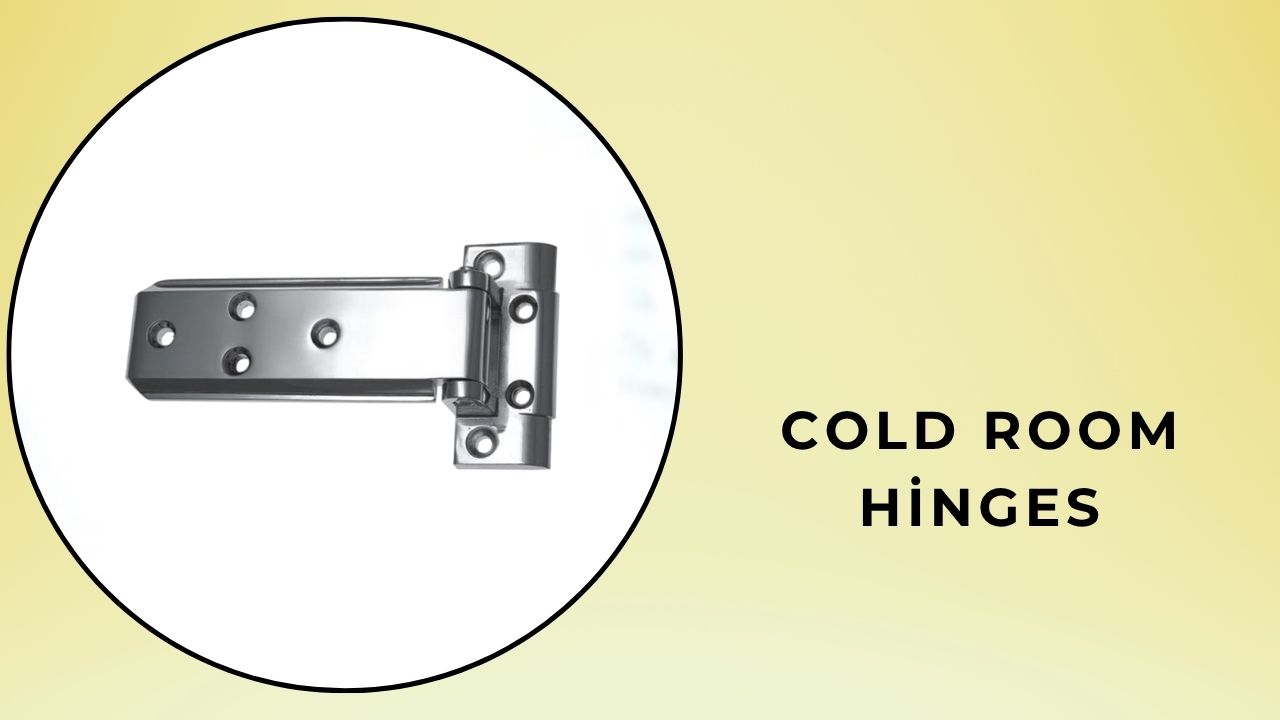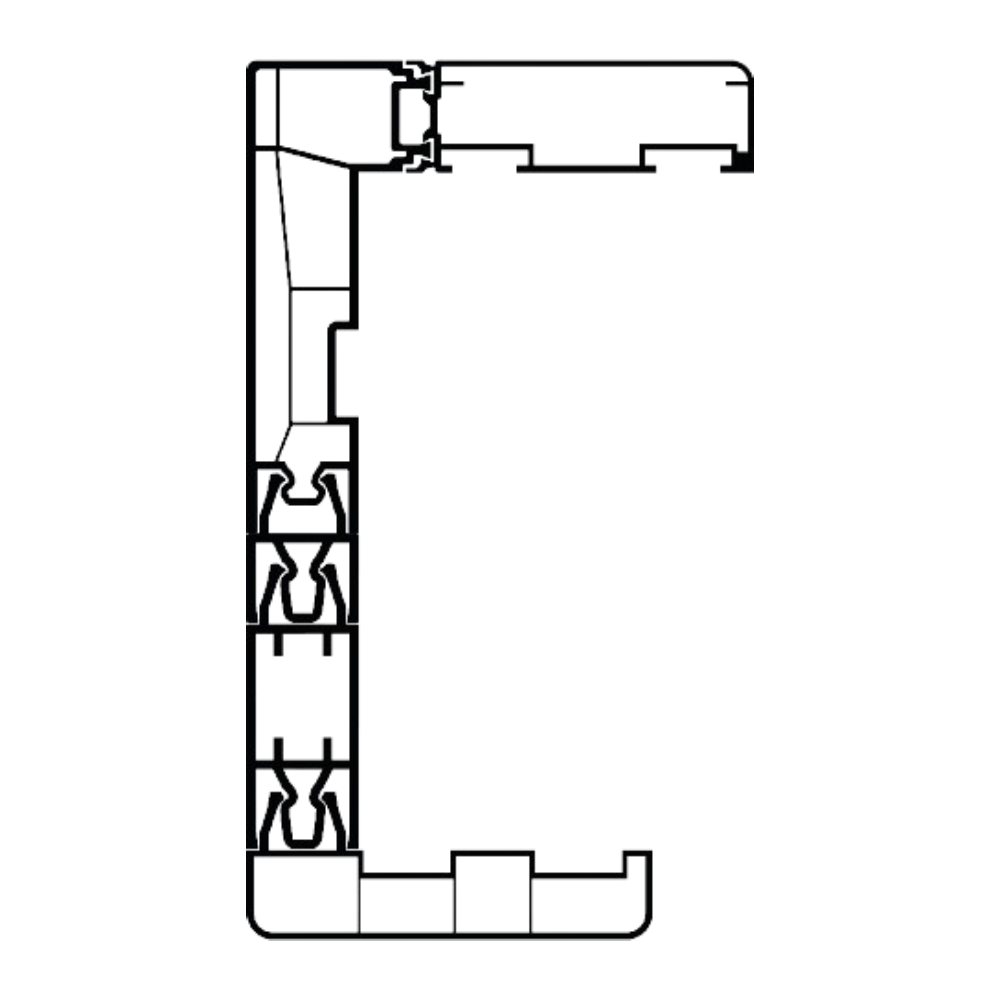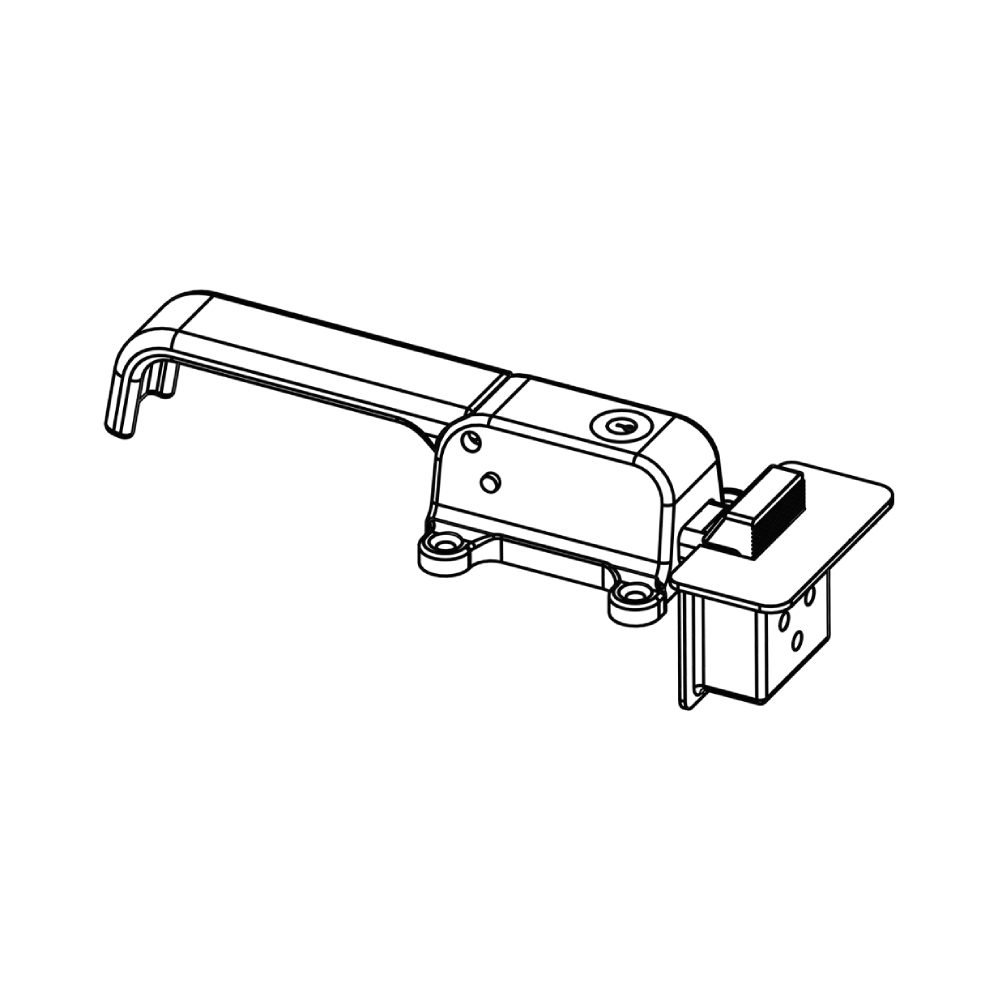Cold Room Hinges
What Are Cold Room Hinges and Why Are They Important?
Cold room hinges are specially designed mechanical components that ensure the smooth operation of cold room doors, facilitating their opening and closing. In cold storage areas where sensitive products such as food, pharmaceuticals, and chemicals are stored, these hinges enable doors to function securely, durably, and energy-efficiently. Cold room hinges support proper door closure and sealing performance, ensuring both product safety and energy savings.
Cold room hinges are made from materials with high durability and resistance to corrosion. This ensures long-term use in humid and low-temperature environments. Additionally, hinges bear the weight of the door, supporting consistent opening and closing movements, thus maintaining the door’s insulation performance. Compliance with hygiene standards, particularly in the food and pharmaceutical industries, is a key factor in their design.
Cold room hinges also play a critical role in energy efficiency and environmental sustainability. By ensuring proper door closure, they prevent air leakage and reduce energy loss, helping businesses lower their carbon footprint. As such, they are an essential component of modern cold storage systems.
Types and Features of Cold Room Hinges
Cold room hinges are manufactured in various models to meet different door types and usage needs. One of the most common types is standard hinges, suitable for doors in small to medium-sized cold rooms. These hinges offer high performance in manual opening and closing operations.
In large-scale warehouses, heavy-duty hinges are preferred. These hinges are designed to support larger and heavier doors and are made from high-strength materials. Compatible with automated door systems, these hinges are ideal for logistics centers requiring fast and secure product movement.
Another innovative type is self-closing hinges. Equipped with a spring mechanism, these hinges ensure the door closes automatically, minimizing energy loss. In high-traffic areas, these hinges support hygiene standards and reduce the need for manual intervention.
Materials Used in Cold Room Hinges
The performance of cold room hinges depends on the quality of the materials used. Most hinges are made from corrosion-resistant stainless steel or galvanized steel. These materials are suitable for long-term use in cold and humid environments and comply with hygiene standards, particularly in the food industry.
Some hinges are made from high-strength aluminum or specialized plastic alloys, which are lightweight yet durable. These materials allow hinges to support heavy loads while being easy to install. Additionally, polymer coatings are used to enhance resistance to wear and chemical exposure.
The internal mechanisms of hinges, such as springs and bearings, are designed to operate smoothly even in low temperatures. These components ensure seamless door operation, support energy efficiency, and extend the lifespan of the hinges.
Advantages and Technical Features of Cold Room Hinges
Cold room hinges do more than just secure the door; they offer advantages in ease of use, safety, and energy efficiency. For example, self-closing mechanism hinges ensure the door always closes fully, preventing air leakage and increasing energy savings. This feature supports hygiene standards in the food and pharmaceutical industries.
Some hinges are equipped with overload protection, which reduces wear caused by heavy doors or frequent use, extending the hinge’s lifespan. Additionally, low-temperature resistance ensures reliable performance in deep-freeze rooms, enhancing worker safety.
Ergonomic design is also a key feature of hinges. Some models are equipped with special lubrication systems or non-slip surfaces to facilitate easy opening in low-temperature environments, providing a user-friendly experience.

Maintenance and Lifespan of Cold Room Hinges
Regular maintenance is essential to ensure the longevity of cold room hinges. Hinge mechanisms and spring systems should be periodically inspected and lubricated. This ensures smooth operation and maintains the door’s sealing performance.
For hinges with self-closing features, the condition of spring mechanisms should be regularly checked. Wear or deformation can affect performance and lead to energy loss. A well-maintained cold room hinge can operate reliably for 10-15 years, reducing long-term costs for businesses.
During maintenance, surface cleaning of hinges is also important. In the food industry, regular cleaning is necessary to comply with hygiene standards. If signs of rust or corrosion are detected, professional repair services may be required.
Applications of Cold Room Hinges
Cold room hinges are used across a wide range of industries. The food industry is the most common application area, where hinges ensure the reliability and sealing of doors in cold rooms storing sensitive products like meat, dairy, vegetables, fruits, and frozen goods.
The pharmaceutical industry relies heavily on cold room hinges for storing vaccines, blood products, and other temperature-sensitive medications. These hinges play a critical role in maintaining product safety and quality.
In logistics and storage, cold chain processes depend on hinges to ensure smooth and secure door operation. In large-scale cold storage facilities, heavy-duty hinges are often used with automated doors. Additionally, industries such as chemical storage and biotechnology also utilize cold room hinges for specialized applications.
Technological Innovations in Cold Room Hinges
Modern cold room hinges have become more efficient and user-friendly thanks to technological advancements. For example, smart sensor-integrated hinges ensure doors open only when necessary, reducing energy loss. These systems optimize opening frequency and duration.
Internet of Things (IoT) technology enables remote monitoring and control of cold room hinges. IoT systems track parameters such as temperature, hinge performance, and operational status in real-time, sending alerts for any anomalies to prevent product loss.
Some advanced hinges are equipped with energy monitoring systems. These systems analyze the energy efficiency of hinges, helping businesses achieve environmental and economic sustainability goals. Additionally, next-generation hinges are designed with lighter yet more durable materials, reducing costs while maintaining high performance.
Factors to Consider When Choosing Cold Room Hinges
Selecting the right cold room hinge depends on the specific needs of the business. Factors such as door size, usage frequency, and temperature requirements must be evaluated. For example, deep-freeze rooms operating at -18°C or lower require high-durability hinges.
Ease of installation is another critical factor. Hinges that are easy to install save time and costs during setup. Maintenance requirements and the availability of spare parts should also be considered to ensure long-term reliability.
Certifications and standards play a critical role in the selection process. Hinges used in the food industry must comply with HACCP (Hazard Analysis and Critical Control Points) standards, while those in the pharmaceutical industry should meet GMP (Good Manufacturing Practices) requirements. Choosing hinges from a reputable manufacturer ensures both performance and cost-effectiveness.
The selection and use of cold room hinges directly impact operational efficiency. Proper hinge selection enhances product safety, reduces energy costs, and strengthens a business’s competitive edge. Therefore, conducting a thorough analysis and consulting experts during the selection process is highly recommended.








